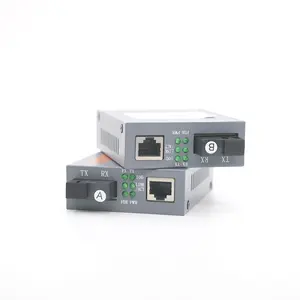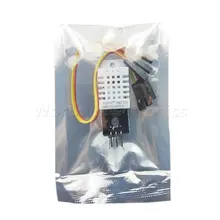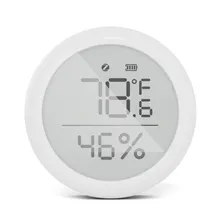Understanding Media Converters
Media converters are pivotal components in modern network infrastructure, facilitating the interconnection between different communication protocols, such as fiber optics and Ethernet. These devices enable the seamless conversion of data from fiber media converters to copper-based Ethernet, ensuring compatibility across diverse network mediums.
Types of Media Converters
The variety of media converters available caters to specific network requirements. Ethernet media converters are commonly used to extend the reach of an Ethernet network by converting to fiber optic signals. For those needing to adapt from fiber to Ethernet, fiber to ethernet converters are an ideal choice. In more specialized environments, multimedia converters and converter fiber optic devices offer tailored solutions for audio, video, and data transmission.
Key Features and Applications
Media converters come with a range of features designed to enhance network performance. Full-duplex and half-duplex modes cater to different data transmission needs, while support for VLAN and QoS ensures efficient network management and prioritization of data. These devices are widely used in various settings, from enhancing computer networks to supporting multimedia and server applications.
Materials and Advantages
Constructed with durability in mind, media converters often feature robust casings to protect internal components. The use of fiber converter technology offers the advantage of extended transmission distances and immunity to electromagnetic interference, which is a common challenge with copper-based networks.
Choosing the Right Media Converter
Selecting the appropriate media converter requires an understanding of network needs. For instance, a tp link media converter like the mc220l or mc210cs may be suitable for basic conversions, while an ethernet to fiber optic converter is necessary for integrating fiber optic technology into an existing Ethernet system. The choice largely depends on the required data rate, with devices like 100basefx converters being optimal for fast Ethernet networks.
Conclusion
In conclusion, media converters are essential for bridging different network types and enhancing communication protocols. By understanding the specific needs of a network, one can select a suitable ethernet to fiber media converter or other types of converters to ensure efficient and reliable data transmission across various media.











































 浙公网安备 33010002000092号
浙公网安备 33010002000092号 浙B2-20120091-4
浙B2-20120091-4